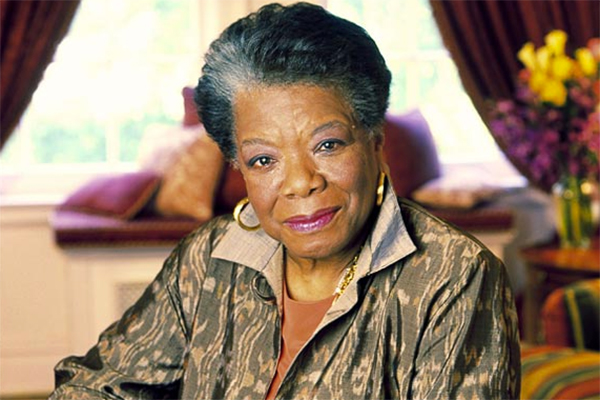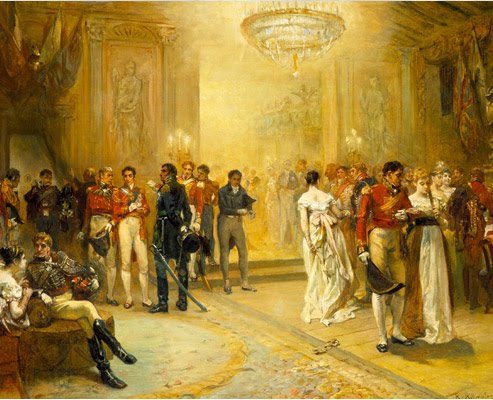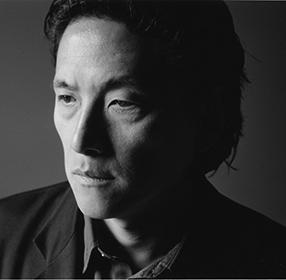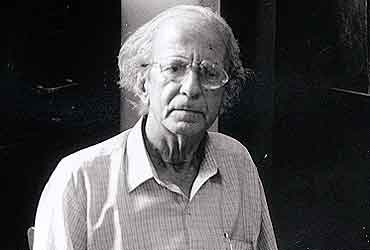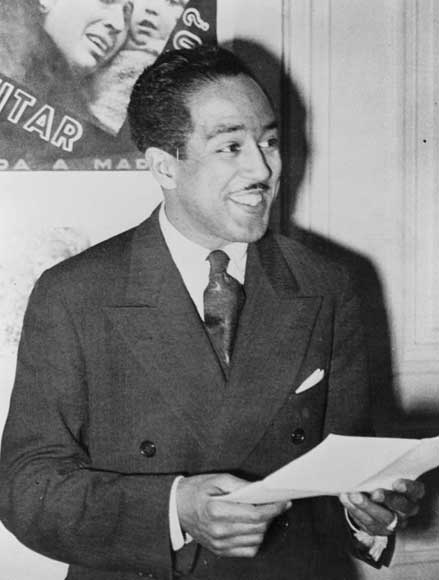‘I Dream a World’ is a typical Langston Hughes poem, with its mixed tone of hope and skepticism. This, however, is not detectable at first reading of the poem and will go unnoticed unless the poem is read through several times with an eye to a critical examination of each and every line in it.
I Dream a World: Analysis
An initial glance at the words on the page will show a simple rhyme scheme of ABCB running through each of the four units of four lines each (as explained in summary). This kind of simple rhyme scheme leads to the poem having a lilting rhythm that is easy-going on both the ears and the mind of the reader. This quality of the poem likens it to the special state of superficial sleep in which dreams occur.
Most of the starting lines of the different four-line units begin in the same way: with Hughes saying “I dream a world” or some variation of this very phrase, and then expound the smaller, individual details of his phrase dream-vision. This kind of construction likens the poem to the call-and-recall patterns of slave songs, which had oft-repeated refrains, and out of which the music style known as jazz and blues emerged. Hughes’s interest in this musical style has been the topic of many academic and scholarly articles, and he has even been called a jazz poet. ‘I Dream a World’ prefigures such tendencies in Hughes by repeating the refrain “I dream a world” multiple times within the space of the poem.
A rhetorical device that Hughes uses in this poem is known as personification. In personification, an abstract noun is accorded a human quality. For example, in the third line, Hughes personifies the abstract noun “love” and gives it the human ability to bless others. In that sense, “love” takes the place of the pastor in a church and brings a religious element into the poem. Looking into the background of socio-cultural life in the America of the 1920s will tell readers that colored peoples had separate churches where they attended mass. In these churches, a form of choral music was practiced that led to the development of gospel singing. Though not a musical style that Hughes engaged with, gospel music was an integral part of life in the African-American community. Hughes wrote his poetry, to a large extent, keeping that community in mind as his primary audience.
In the fourth line, Hughes personifies the abstract noun “peace” and gives it the human ability to beautify the world. Just as African-American mothers and grandmothers would beautify their gardens, Hughes imagines “peace” adorning the entire world with itself. In other words, Hughes dreams of a world where all communities will live side-by-side peacefully, and no sources of conflict will create boundaries between men in various walks of life.
Hughes goes on to say that freedom is an experience that not everyone can cherish. By making this statement, Hughes problematizes the way people of color were treated by the dominant white population. He implies that coloreds are also to blame for the social conditions under which they have been living. The onus is upon them to stand up for their rights, and they haven’t done so. Instead, they have let the greed and avarice of the white race infect them. Here, Hughes personifies the abstract nouns “greed” and “avarice,” thereby rendering them active agents and colored peoples as passive ones. He says that “greed” has drained the universal soul of man (the soul that is common to both whites and colored peoples) of its vitality. In other words, “greed” has made man inhuman. If “greed” operates on the macro level, its counterpart at the micro-level is “avarice”; “avarice” works every day to take the man away from the path of light into darkness, from enlightenment to irrational hatred.
In the thirteenth line again, Hughes personifies the abstract noun “wretchedness” and evokes a very human-like picture of someone expressing shame at his previous actions. Hughes imagines that “wretchedness” has shame-facedly repented and taken its leave of the world so that no man is selfishly hoarding resources for himself. Instead, everyone is getting democracy and equality, irrespective of his race or skin color. As a result, more choices are open to the African-American community in Hughes’s dream vision.
Lastly, Hughes personifies “joy” and gives it the qualities of a caregiver so that it accompanies man in all his endeavors. Additionally, Hughes also uses a simile to compare “joy” with a pearl. This comparison is used for two reasons. The first is to show that joy is as rare and precious as a pearl. In this case, Hughes’s skepticism is discernible just below the surface, since he says that joy is man’s constant companion in Hughes’s dream world, but he also implies that in reality, joy does not visit man quite so frequently.
The second purpose of comparing joy with a pearl is to show that joy is hard-won. Just as an oyster has to undergo a painful process in order for a pearl to develop within it, it is necessary for the African-American community to suffer through all its hardships if it one day hopes to find a joyful reason for being.
Hughes ends the poem by emphasizing that in the last fifteen lines, he had, in fact, been dreaming out loud. Even though the real-life of man is very different from the way Hughes imagines it in his dream-vision, he believes that it is possible through patience and perseverance to arrive at a better world to leave behind for the next generation of humanity to inhabit. Other than I Dream a World: Analysis, you can also refer to I Dream A World: Summary for a better understanding of the poem.
Some online learning platforms provide certifications, while others are designed to simply grow your skills in your personal and professional life. Including Masterclass and Coursera, here are our recommendations for the best online learning platforms you can sign up for today.
The 7 Best Online Learning Platforms of 2022
- Best Overall: Coursera
- Best for Niche Topics: Udemy
- Best for Creative Fields: Skillshare
- Best for Celebrity Lessons: MasterClass
- Best for STEM: EdX
- Best for Career Building: Udacity
- Best for Data Learning: Pluralsight


